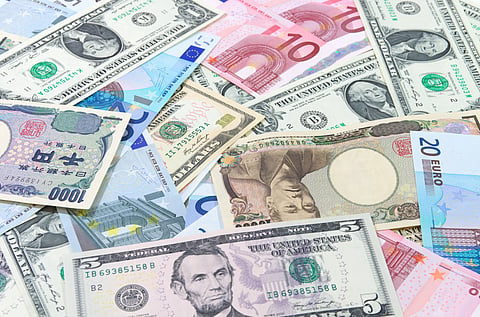

UNSPLASH
Have you ever looked closely at a coin or note in your hand and wondered—why is this person on it? Who picks the picture of the lion, the spaceship, or the monument? The answer: it’s a mix of history, national pride, and sometimes, politics.
Every country has a central bank or government agency that decides what goes on its money. Usually, they choose important leaders, freedom fighters, scientists, or cultural symbols that represent the country’s values. For example, Mahatma Gandhi appears on Indian notes because of his role in India’s independence. In the UK, the monarch’s face has long appeared on coins, but more recently, writers like Jane Austen and scientist Alan Turing have been featured on banknotes.
Currency design is also about security. Designers use clever tricks to prevent people from making fake notes. Look closely, and you might spot micro-lettering, holograms, colour-shifting ink, and metallic threads woven into the paper. Polymer notes (made of plastic) last longer and are harder to counterfeit.
But coins and notes also tell stories. Some countries issue commemorative coins—special editions that celebrate Olympic wins, space missions, or famous birthdays. These aren’t just for collectors—they remind people of national achievements.
Some countries even hold public contests to design their money, letting everyday citizens have a say. Others change their currency design when there’s a big political shift, like a new president or a move away from colonial rule.
So next time you use a coin, don’t just spend it—study it!
In 2012, Canada released dinosaur-themed coins that glow under low light. The skeleton lights up after dark, thanks to special photo-luminescent technology.
Look closely near the year on ₹1 and ₹2 coins. You might notice a tiny star, dot, or diamond—these mark the city where the coin was minted.
Australia was the first country to issue polymer notes in 1988. These notes are waterproof, tear-resistant, and much harder to counterfeit than paper ones.
To avoid favouring any one country, Euro banknotes display fictional bridges inspired by different architectural styles. Later, a town in the Netherlands built real ones to match.
In Japanese, the word for "five yen" sounds similar to the word for "destiny" or "good fortune." Many people offer these coins at shrines when making a wish.
In 2008, a batch of 20p coins in the UK was mistakenly issued without a date. These rare coins became popular with collectors almost overnight.